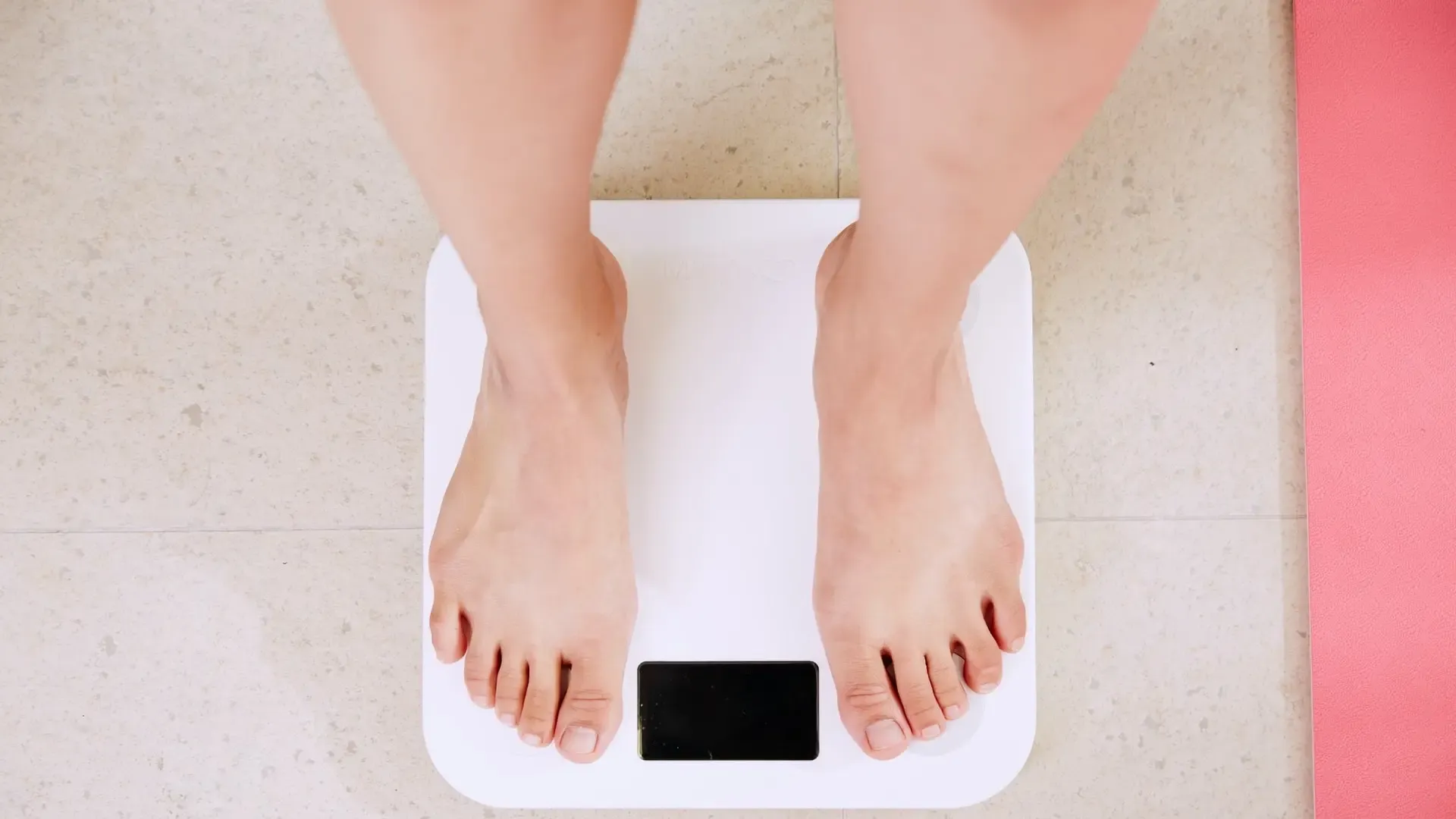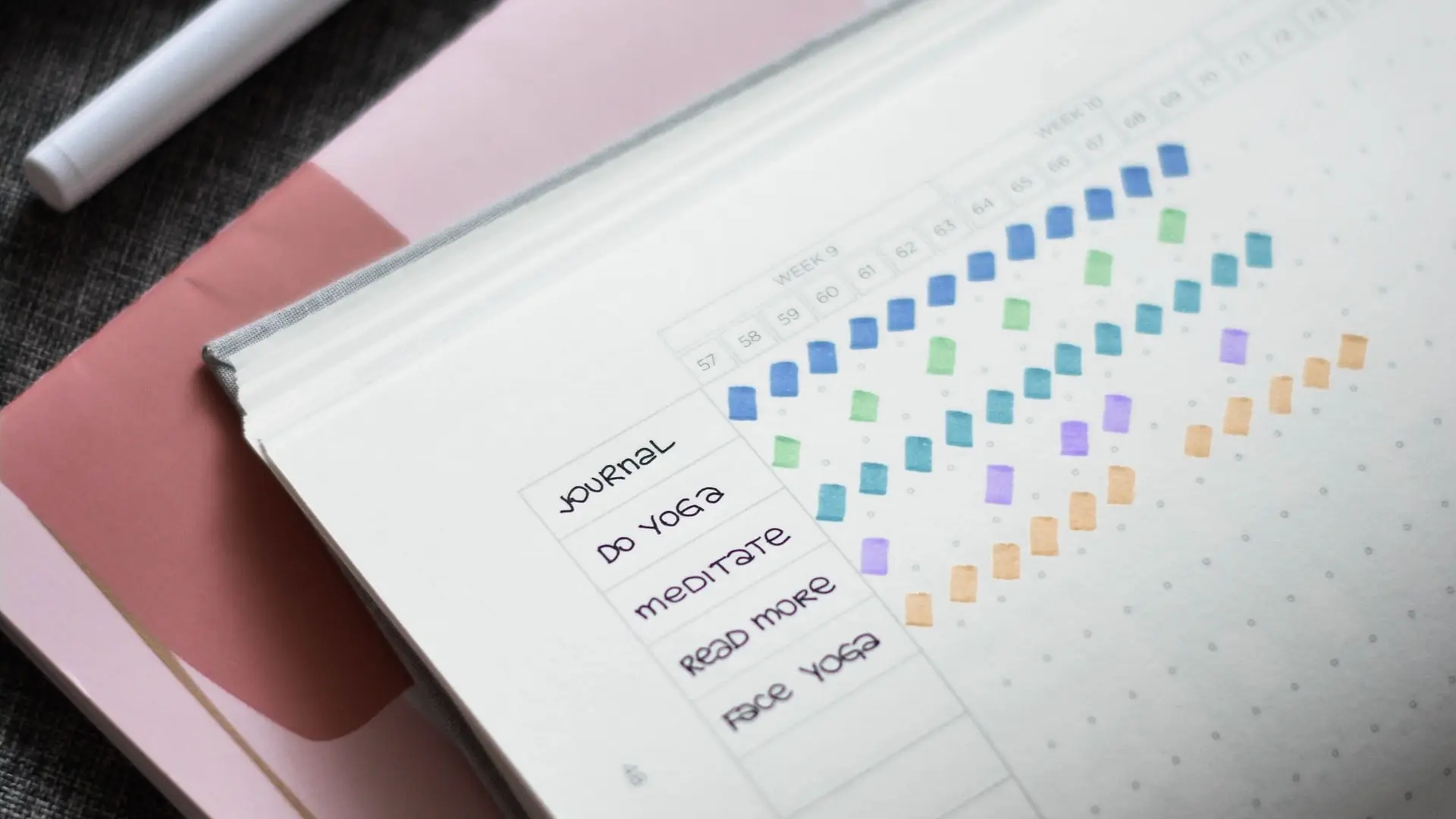A sedentary lifestyle is probably the most significant cause of health issues in the western world. Heart disease, back issues, varicose veins, hemorrhoids —you name it— can be traced back to spending most of the day behind a desk.
Of course, we cannot just get rid of the most impactful factors that influence sedentary lifestyles, such as our jobs. It would be fantastic if everyone had the privilege of choosing an occupation by parameters such as physical activity, but for the overwhelming majority of people, that is simply not a realistic option. A gym membership, too, is not always desirable or affordable. Running, on the other hand, is one of the best accessible ways to keep active — all you need is a pair of sneakers, and you’re good to go.
A popular opinion is that you need to run 5 miles a day. Is this the optimal goal for most people, is it doable, or is it dangerous? That’s what we’re going to talk about in this article.
In this post, we'll cover:
- Benefits of Running 5 Miles a Day
- Disadvantages of Running 5 Miles a Day
- Running 5 Miles a Day Transformation
- How Do I Get Started With Running 5 Miles a Day?
- How To Form a Habit to Run 5 Miles a Day?
- OK, I’ve Mastered Jogging 5 Miles a Day, What’s Next?
Benefits of running 5 miles a day
Jogging for 5 miles every day is a decent commitment that won’t be unnoticed and will yield positive transformations. We’ll start with the most apparent outcomes and end up with more surprising ones that could still be decisive for you.

1. You’ll become healthier and will live longer
According to national statistics, these are the 3 out of 10 leading causes of death in the US that were in charge for 4/10 mortalities totally last year:
- Heart disease
- Stroke
- Chronic lower respiratory diseases
Jogging regularly develops your heart, vessels, and respiratory systems, so it can prevent you from each of these causes of early death and increases your chances of living longer by 40%.

2. You will lose weight
Of course, if you don’t immediately consume all the calories, you burn. They say muscles are pumped not at the gym but in the kitchen. The same is relevant to losing weight. Running is the most affordable and natural way of losing weight; however, keep track of consumed calories, too, if losing weight is your primary running goal.

3. Your mood will improve
Runners say jogging is like meditating with your feet. Approximately after the second mile, your body turns on autopilot, your thoughts drift on their own, and your mind and endorphins levels are affected by the chemical change. Some runners say they get answers to tough life questions and extraordinary ideas, while others analyze work-related issues and obtain unexpected insights. This phenomenon also happens with different types of cyclic activities, like biking, swimming, skiing, and many others.

4. You’ll have an extra hour of “me time”
Our life pace is fast and significantly quicker than 10 years ago, and time is a new currency. We rarely find time to stop, reflect, enjoy the moment, or self-educate.
For me, jogging became the catalyst for slowing down and clearing my head from distractions, notifications, and random updates coming at me from every angle. When I’m in the mood, I listen to an audiobook I was postponing for a while—otherwise, I just listen to really loud tracks and sing along, which makes my day.

5. You’ll start sleeping better
Modern, big city life requires much brain work but less physical activity. At the end of the day, our minds become overloaded with stress and thoughts that excite and disturb us throughout the day. As a result, we struggle to fall asleep at night and lack sleep in the morning.
Running is a great way to transition from one type of activity to another smoothly. It clears our minds and has a rebooting effect—that’s precisely what is needed to fall asleep quickly and improve sleep quality and its recovery effect. However, avoid jogging before going to sleep as it could have the opposite effect; instead, exercise before dinner.

6. You’ll form an exercise routine
Besides the sustainable advantages mentioned above, running 5 miles will positively impact your self-esteem and transform how others perceive you. If that might hold you back from a better career or personal life, try jogging regularly for at least 2 months. According to a recent study, it takes 66 days to form a new habit and make it automatic.
Disadvantages of running 5 miles a day
Whether we want to or not, we should be aware that the advantages of jogging for 5 miles a day have costs and compromises—as well as consequences of doing it wrong.
1. Injuries that regular 5-mile runs can exacerbate
Running is a non-traumatic activity according to its natural origin. However, it can shock your body, especially if you are planning to run every day without giving yourself enough time to recover. An unprepared body put on a regular, intense physical load will very soon end up with an injury that would prevent you from further training. The most common weak spot of runners are:
- Knees
- Lower and upper legs
- Feet and ankles
- Hips, pelvis, groin, and lower back
To prevent injuries, set realistic goals, start slow, buy special running sneakers, and track your heart rate. If you don’t have the time and courage to research and try everything yourself, find a running coach to help you avoid the most common runners' mistakes.
2. 5 Miles is a lot for an inexperienced runner—it takes time
If you didn’t have any previous experience with active sports—or you did, but it was a long time ago—it would take up to 4 weeks to jog your first 5 miles. Moreover, running 5 miles every day or 35 miles a week regularly will take somewhere between 4 and 6 months. Don’t try to get there quicker, as it could result in exhaustion and injuries. The general rule here is to increase your weekly mileage by 10% at most and jog slowly. For instance, if you ran 5 miles in your first week, the following week’s goal will be 5.5 miles, and you’ll get to 5 miles a day in roughly 5 months. A thoughtful gradual approach will help you adjust to running 5 miles a day without overtaxing yourself.
3. “5 Miles a Day” sounds like a lot of time over a lifetime
On average, it would take about 1 hour for a beginner to run 5 miles. An hour a day invested in your physical and mental health that makes you look better feel healthier, and live longer doesn’t sound like a very high price to me. If you can’t find time to fuel your car, you can’t drive far.

Running 5 miles a day transformation
Wondering how running every day is going to transform your body? There are no two people who are precisely the same, but in a very rough estimation, here is what you can expect:
- If losing weight is your goal, you can make noticeable progress by running 5 miles daily. Even if the weight doesn’t go away, the fat will be replaced with muscle, and you will see a difference in your body shape.
- Your mood is going to be consistently better. Being physically active is not to be underestimated in mental health.
- Your health will improve. According to the American Heart Association, to maintain cardio health, you need 150 minutes of moderate-intensity or 75 minutes of vigorous aerobic activity per week or a combination of the two. This means it’s enough to run 15 minutes every day or 25 minutes 3 times a week.
If you are interested in a more specific before-and-after running 5 miles a day transformation, here is what happened to a man who ran 12,000 steps on his treadmill every day for 30 days.

How do I get started with running 5 miles a day?
Rule number one for those who are only getting started is to Take It Slow. I cannot overstress the importance of easing yourself into this habit. An injury is guaranteed to set you back further than you started, and you are far more likely to injure yourself if you set overly-ambitious goals.
For an average, slightly out-of-shape person, the best way to start running 5 miles daily would be, to begin with, walking. Besides forming the habit of getting out of the house, walking is good exercise. But if your goal is to gradually switch to running, you can alternate between a slow and brisk pace until you feel ready to run the entire distance. And do not fret too much—human bodies are designed to run! Our ancestors were doing it for a long, long time before office jobs came along. We’ve evolved to stay on our feet, not on our butts.
An important thing to remember is to always start with a warm-up. A few minutes of stretching will prepare your body better for running.
And another tip: you will benefit from a good pair of shoes. Running shoes are designed to minimize the harmful impact on your feet and, as a result, your spine. An occasional runner can make do with whatever they have, but if you plan to do 5 miles daily, your body will benefit from that investment.
How to form a habit to run 5 miles a day?
It takes 18 to 254 days to form an automatic habit, and running is no exception. Once you get past the first month, it will get easier. Until then, here are three steps to form the habit of running 5 miles a day that worked for me.

#1 Schedule Your Runs
Write them into your calendar. Treat them like a severe assignment that can’t be skipped just because you don’t feel like making an effort.

#2 Mark Your Progress
Keep a running log where you mark down every day you’ve run 5 miles. This could be a simple checkmark, or it could be a whole journal entry describing your run. Whichever works better for you.

#3 Find running buddies
Depending on where you live, you might be able to find groups dedicated to running. It’s essential to have someone who can motivate you when your own motivation is low. Besides, a bit of healthy competitiveness works wonders.
OK, I’ve mastered jogging 5 miles a day, what’s next?
Running 5 miles daily makes 35 miles per week, a huge load for a beginner. It’s the right time to save your progress and focus on the quality of your weekly mileage. Besides, it must be a little boring to run the same route every day. To diversify your workouts, we suggest applying different intensities to your ordinary runs:
- Fartlek. Combination of fast- and slow-pace running segments. For example, 3 minutes of fast pace run, followed by 3 minutes of recovery in a slow run, and repeat up to 8-10 times.
- Progression run. Run the next mile quicker than the previous one. Try to distribute your effort and intensity evenly.
- Tempo run. Running the whole distance with the same target pace on each segment.
- Hill repeats. Running 1 minute uphill with intense effort and downhill at a slow recovery pace. Repeat up to 10 times.
Besides diversifying your daily routine, these runs will help increase your durability and speed. However, 80% of your weekly running plan should be easy, low-intensity runs to prevent exhaustion, injuries, and burnout. It might sound weird, but If you want to run fast in a competition, you should mostly jog very slowly while training.
FAQs about running 5 miles a day
Is 5 miles considered a long run?
Well, yes and no. That entirely depends on your running background. For a beginner jogger, 5 miles can be a long run or even an ambitious goal that you’re better off breaking into small milestones. For an experienced distance runner, 5 miles at an easy pace can make a recovery run.
Is 5 miles in 30 minutes good?
5 miles in 30 minutes is well above average. Beginners normally can run a mile in 10 to 12 minutes. So 5 miles will take around an hour. You need to be able to run a mile in a little under 7 minutes if you want to make 5 miles in half an hour.
Is it okay to run every day?
While running every day is the eventual goal, we do not recommend starting out that way. Give your body some time to recover in between runs. You will probably feel pretty sore for the first few weeks.
Is 5 miles a day good for weight loss?
Running a mile burns more or less 100 calories. That’s 500 calories per 5 miles. To lose one pound, you need to burn about 3,500 calories, which means you could lose a pound weekly. Things are, of course, not that straightforward in reality. Running makes you hungry, so you must watch your diet to ensure you’re not replacing all those calories right after burning them.



